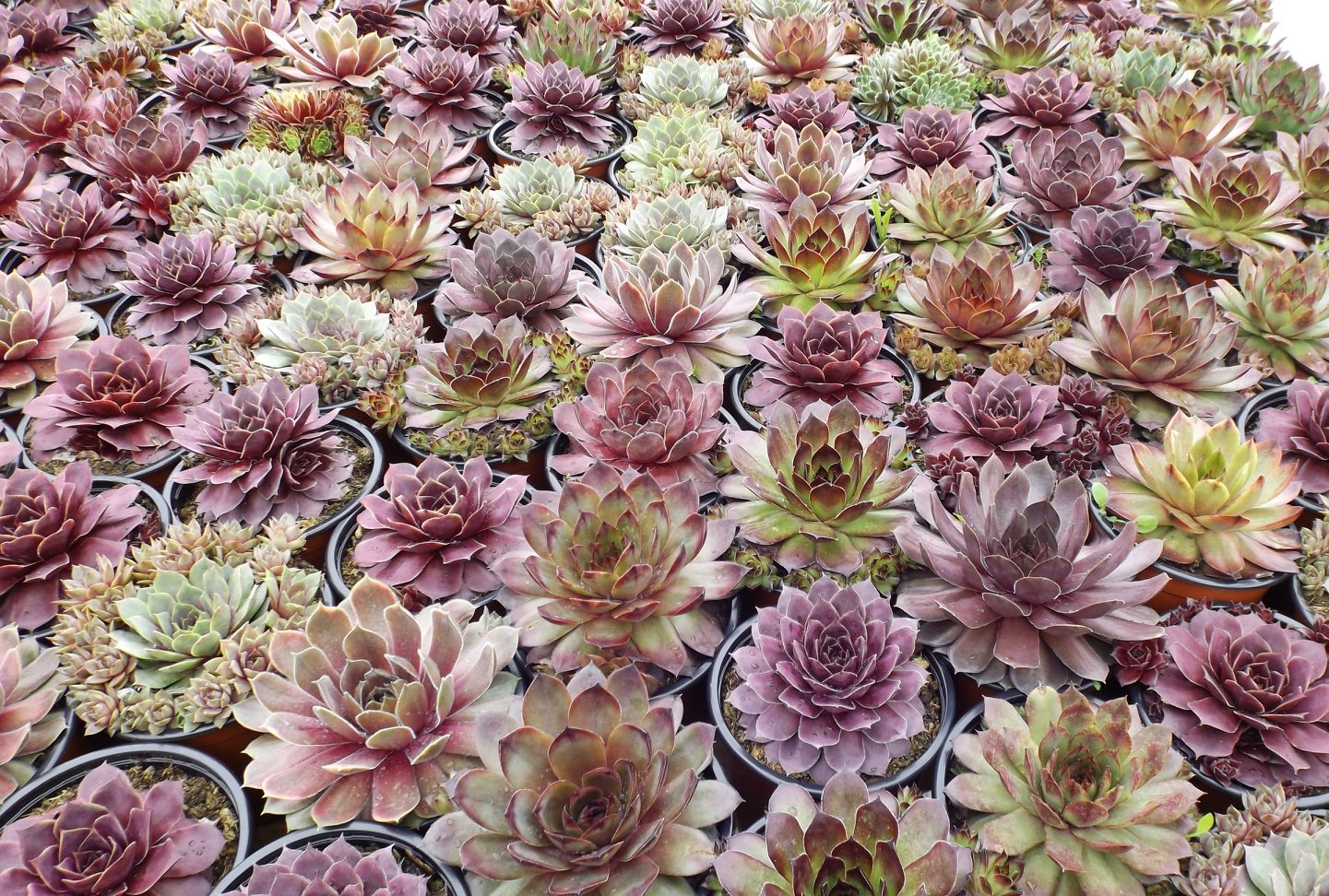Sempervivum, often referred to as “hens and chicks,” are a fascinating genus of succulent plants known for their rosette-shaped growth habit and ability to withstand harsh conditions.
Characteristics of Sempervivum
- Rosette Formation: Sempervivum plants form compact rosettes of fleshy leaves.
- Drought Tolerance: They are highly drought-tolerant, making them ideal for low-maintenance gardens.
- Cold Hardiness: Many Sempervivum species can withstand freezing temperatures.
- Offset Production: They produce numerous offsets, or “chicks,” which can be easily propagated.
Popular Sempervivum Varieties
- Sempervivum tectorum: This species is widely cultivated and comes in various colors and forms.
- Sempervivum arachnoideum: Known as “cobweb houseleek,” this species has hairy leaves that resemble spider webs.
- Sempervivum montanum: This species forms dense mats of rosettes and is well-suited for rock gardens.
Caring for Sempervivum
- Sunlight: Sempervivum plants thrive in full sun to partial shade.
- Watering: Water your Sempervivum sparingly, allowing the soil to dry out completely between waterings. Overwatering can lead to root rot.
- Soil: Use a well-draining cactus or succulent potting mix.
- Temperature: Sempervivum plants are cold-hardy and can withstand freezing temperatures.
- Fertilizing: Fertilize your Sempervivum once or twice a year with a balanced liquid fertilizer diluted to half strength.
Propagating Sempervivum
Sempervivum plants are easily propagated through offsets:
- Gently remove the offsets: Carefully detach the offsets from the mother plant.
- Allow to dry: Let the offsets dry for a few days to form a callus.
- Plant the offsets: Plant the offsets in well-draining soil.
Sempervivum plants are versatile and can be used in various ways, from rock gardens to container gardens. Their unique appearance and low-maintenance nature make them a popular choice for gardeners of all levels.



